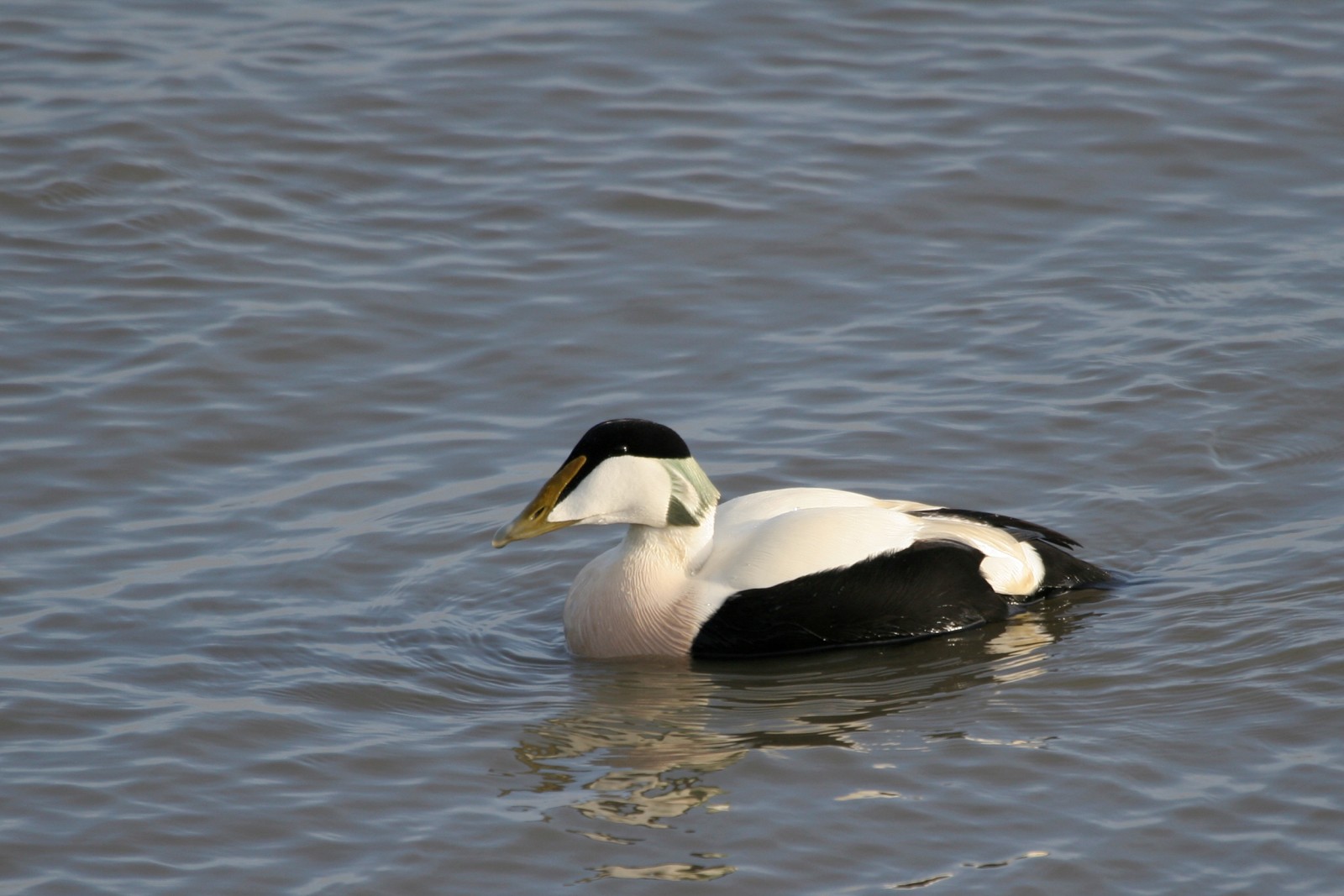Charger images
Les formats d'image autorisés sont de type jpeg, png ou gif
La taille maximale du fichier doit être de 20MB


Harbor area adjacent to the Wadden Sea. Birdwatching is often surprisingly good around the various buildings and industrial plants and on the edges of the area.
The Eemshaven harbor area is surprisingly rich in birds. Especially the eastern port area, in particular the reed marsh and the basins with reed and thickets immediately west of the Eemscentrale. Here you can see species such as Grèbe castagneux, Sarcelle d'été, Busard des roseaux, Butor étoilé, Gorgebleue à miroir, Phragmite des joncs, Locustelle tachetée and Panure à moustaches. A pool in the central part of the site is home to a colony of Avocette élégante. Grand Gravelot and Gravelot à collier interrompu are also occasionally seen here. With a bit of luck you will sometimes also encounter Barge à queue noire and Chevalier gambette. Hirondelle de rivage can be found in the various (temporary) sand quarries. Mouette rieuse, Sterne pierregarin and Sterne arctique breed on various roofs. For years, a pair of Faucon pèlerin has been nesting in the nest box high on the pipe of the Eemscentrale.
In winter it is worth checking the seawall and harbor basins. In the harbor basins you can find Plongeon catmarin, Eider à duvet, Macreuse noire, Harle huppé, Guillemot de Troïl and sometimes also Plongeon arctique, Cormoran huppé, Harelde boréale or even Plongeon imbrin. Between the groups of Tournepierre à collier on both harbor piers or in the working harbor of the Eemscentrale, it is worthwhile to look for Bécasseau violet. The dike slopes along the Eemshaven are good for seeing groups of Bruant des neiges. Especially the Rommelhoek, on the border of Eemshaven and Emmapolder, is a favorite with this species. This is also an excellent location to view the large numbers of waders that are concentrated on the mudflats in front of the Emmapolder when the water rises. April-May and July-October are the best times for this. In addition to large numbers of Huîtrier pie, Pluvier argenté, Bécasseau variable and Barge rousse, scarcer species are also regularly seen. During the migration period, there are always rarities seen in the eastern harbor area and birds such as Merle à plastron, Torcol fourmilier and Pouillot à grands sourcils.
_________________________
Nederlands: De Eemshaven is verrassend rijk aan vogels. Vooral het oostelijk haventerrein, met name het rietmoeras en de bassins met riet en struweel direct ten westen van de Eemscentrale. Hier kun je soorten als Dodaars, Zomertaling, Bruine Kiekendief, Roerdomp, Blauwborst, Rietzanger, Sprinkhaanzanger en Baardman treffen. Een plas in het centrale deel van het terrein herbergt een kolonie Kluten. Ook Bontbekplevier en Strandplevier worden hier af en toe gezien. Met een beetje geluk tref je soms ook nog grutto's en tureluurs. In de diverse (tijdelijke) zandafgravingen kunnen Oeverzwaluwen worden aangetroffen. Kokmeeuw, Visdief en Noordse Stern broeden op diverse daken. Sinds jaren broedt een paartje Slechtvalken in de nestkast hoog aan de pijp van de Eemscentrale.
In de winter loont het de moeite de zeedijk en de havenbekkens af te speuren. In de havenbekkens zijn Roodkeelduiker, Eider, Zwarte Zee-eend, Middelste Zaagbek, Zeekoet en soms ook Parelduiker, Kuifaalscholver, IJseend of zelfs een IJsduiker aan te treffen. Tussen de groepjes Steenlopers op de beide havenpieren of in de werkhaven van de Eemscentrale loont het de moeite te zoeken naar Paarse Strandlopers. De dijktaluds langs de Eemshaven zijn goed om groepjes Sneeuwgorzen te zien. Vooral de Rommelhoek, op de grens van Eemshaven en Emmapolder, is bij deze soort favoriet. Dit is bovendien een uitgelezen locatie om bij opkomend water de grote aantallen steltlopers te bekijken die zich op het wad voor de Emmapolder concentreren. April-mei en juli-oktober zijn daarvoor de beste tijd. Naast grote aantallen Scholeksters, Zilverplevieren, Bonte Strandlopers en Rosse Grutto’s worden ook geregeld schaarsere soorten gezien. Tijdens de trektijd duiken in het oostelijk haventerrein altijd wel zeldzaamheden en vogels als beflijster, draaihals en bladkoning op.
Easily accessible. Most ideal to explore by bike (or on foot) because many parts are not accessible by car. Cyclists, for example, have an advantage because they can easily reach the area from Delfzijl via the road along the sea dike and can cycle along the dike. From the west site it is possible to follow the dike of the North coast towards Noordpolderzijl by bicycle.
_________________________
Nederlands: Goed met de auto bereikbaar, maar meest ideaal te verkennen met de fiets (of te voet) omdat veel delen met de auto niet toegankelijk zijn. Zo hebben fietsers een voordeel omdat zij het gebied via de weg langs de zeedijk vanaf Delfzijl goed kunnen bereiken en langs de dijk mogen fietsen. Vanuit het westterrein is het mogelijk per fiets de dijk van de Noordkust richting Noordpolderzijl te volgen.
Votre feedback sera transmis à l’auteur.rice de cette zone et à l’équipe éditoriale de Birdingplaces, qui l’utiliseront pour améliorer la qualité des informations. (Vous souhaitez publier un commentaire visible en bas de page ? Fermez cette fenêtre et choisissez l’Option 1 : « Publier un commentaire, un conseil ou une observation ».)
Veuillez fournir des suggestions d'améliorations ou d'ajouts au texte de ce site ornithologique.
Veuillez fournir vos suggestions d'améliorations ou d'ajouts à la carte.
Veuillez fournir des suggestions d'améliorations ou d'ajouts à la liste des oiseaux.
Cliquez sur l'icône de l'oiseau () Insérez les noms d'oiseau dans votre langue. Ils seront automatiquement traduits pour les autres usagers !